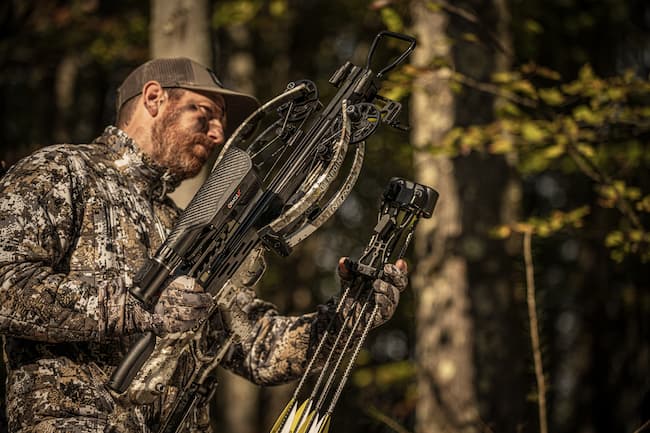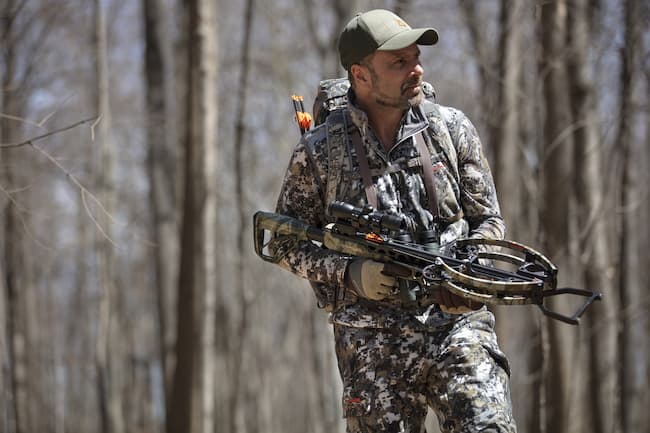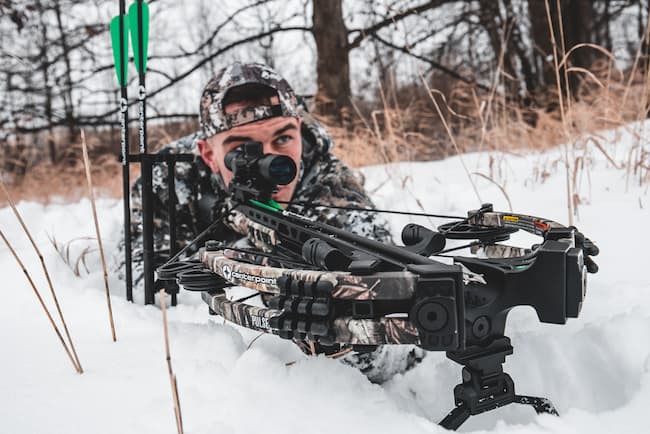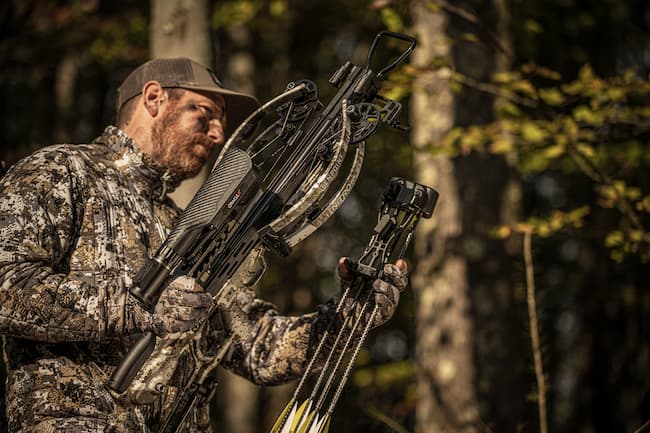
What is a quiver? A quiver is a device for carrying arrows. There are various types for every kind of archer. What kind suits your needs? Know this, you do not have to be suited to only one. There are quivers suitable for each type of archery and Archer, let’s narrow it down. What type are you?
- Target Archery
- Field Archery
- 3D Archery
- Traditional Archery
- Bowhunting
Once you’ve decided what type of Archer you are, you are closer to your goal of choosing a quiver. Most quivers are suitable for left or right-handed archers, they can be made up of various types of materials, and generally they are purposed to accomplish the easiest and quickest access to the type of arrows you are shooting. Those are things all quivers have in common. I’m not trying to leave you in the same place you were before you read the title to this blog, if you stay there, that’s on you. Keep reading, your answer is coming!

Back Quiver
The oldest type is the Back Quiver, it fits like a gun sling, draped over one shoulder while hugging the opposite hip. The top is open for an access point.
Advantages
- Higher arrow capacity.
- Field tips and broadheads.
- Great for Target, Field, 3D, and Traditional archery. (In most cases)
- Keeps the arrows behind and out of the way of the archer operating their equipment.
- Can be easily removed and hung on a tree or in a blind while hunting.
Disadvantages
- When bending over, running, jumping, or crawling through brush, the arrows may fall out or the archer may get hung up on brush.
- Not ideal for hunting, the arrows may rattle around and spook the game.
- Requires more movement which may allow the animal to see you.
- Can be easily forgotten when hung in a tree or a blind.
Side Quiver
The Side Quiver, it is very similar to the back quiver. It rests on your side and has an opening on the top where your hand can easily take hold of the arrow just above the broad head or field tip without much movement.
Advantages
- Field tips and broad heads.
- Arrows are less likely to fall out when bending over, running, jumping, or crawling through brush, they’ll be there when you need them.
- Requires little movement to access the arrows.
- Some models have extra compartments for excess hunting gear.
- Can be easily removed and hung on a tree or in a blind while hunting.
Disadvantages
- Carries less arrows than a back quiver.
- Can be easily forgotten and left behind when hung in a tree or a blind.
Hip Quiver
No, I’m not done yet, there’s more. The Hip Quiver, it’s not a dance! Before you get carried away and start producing videos, follow along. This one comes in many different sizes; it attaches to a belt and is equipped with multiple slots for arrows and archery accessories.
Advantages
- Great for competition shooting or target shooting.
- Multiple compartments for archery accessories.
Disadvantages
- Carries less arrows.
- Not purposed for hunting, field points only.
- If you attach the quiver to the belt holding your pants up, it can get heavy, and you may lose your pants. Keep your pants up man! Use a separate belt.
Bow Quiver
Almost done, onto Bow Quivers, don’t jump the gun, this is the next to last one, hear me out before you hit that “place my order” button. A bow quiver, is exactly what it sounds like, the names give them away, the Back Quiver goes on your back, the side quiver hangs on your side, the hip quiver goes on your hip, duh, the Bow Quiver goes on your bow.
Advantages
- Requires little movement to access the arrows.
- Less likely to fall out when bending over, running, jumping, or crawling through brush.
- An extremely quiet option for hunters so you can continue to be the hunter and not the spotted.
- Multiple mounting points for right or left-handed shooters.
- Ability to carry field tips and broad heads.
Disadvantages
- Carries less arrows.
- Adds weight to the bow (You will need to practice with the quiver mounted to adjust to the added weight)
Ground Quiver
You haven’t left yet, have you? We aren’t done, the final quiver is the Ground Quiver. You guessed it! I knew you would catch on; it goes in the ground.
Advantages
- Holds a large number of arrows.
- Great for competitions or target shooting.
- No extra weight on the shooter or the bow.
Disadvantages
- Stationary, not for maneuvering.

Quiver Away Archer, Quiver Away!
I’ll ask you again, what type of archer are you? There’s a quiver for every archer alive, now that you know the advantages and disadvantages of these types, the fear of choosing should be dissipating and the quivering at a minimum or not at all. Now’s the time to place your order for the perfect one. But if you enjoy the entire world of archery you’ll need multiple arrow holding devices and because of me, you know what’s available!

Had to smile at your list of quivers, I have at least one of each type TBB.
Found the bow quiver to be the most convenient for carrying and accessing arrows but it added weight to an already heavy compound bow and it had a large surface area to catch the wind and disturb the shot.
When I started hunting with wood self bows I developed a strong preference for homemade side quivers.
Don’t hunt anymore so a ground quiver made from a 2 foot length of 3 inch PVC pipe with a pair of “legs” holds my arrows conveniently.
Cheers!
Vana2,
I’m pleased to cause you to smile and I appreciate your experienced input. Experiences like yours are what helps improve the sport for others. It is a wonderful thing there are such varieties to fit each archer’s needs! Thanks for your interaction! I look forward to the offering to sport you may have in the future!
Cheers to you as well!
-The Bow Bully